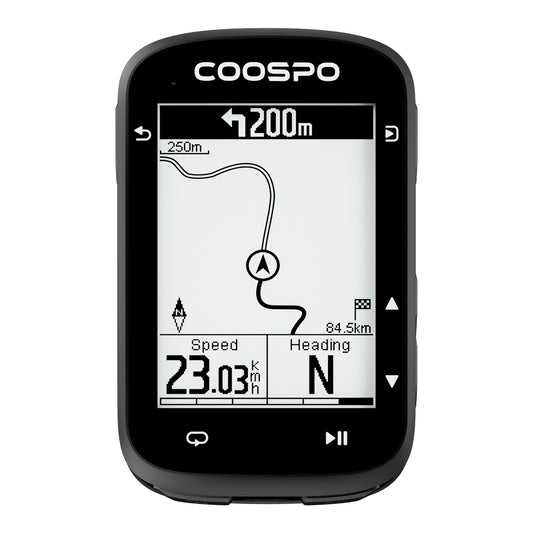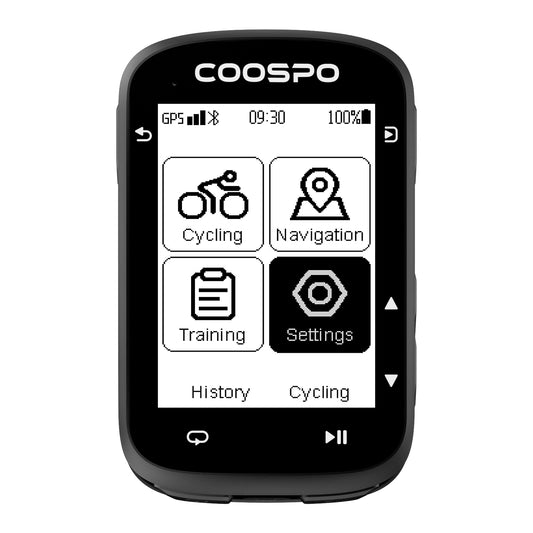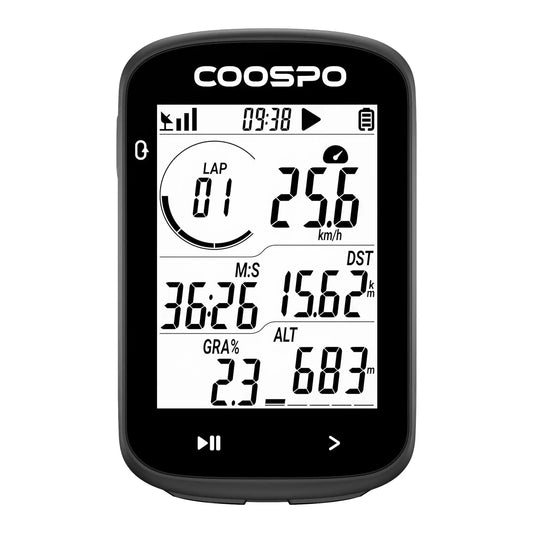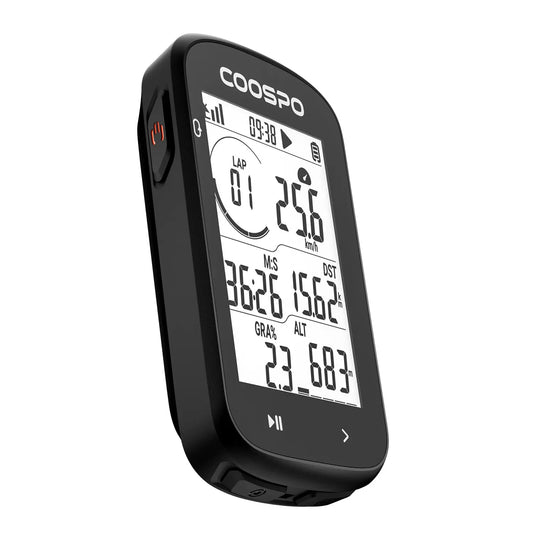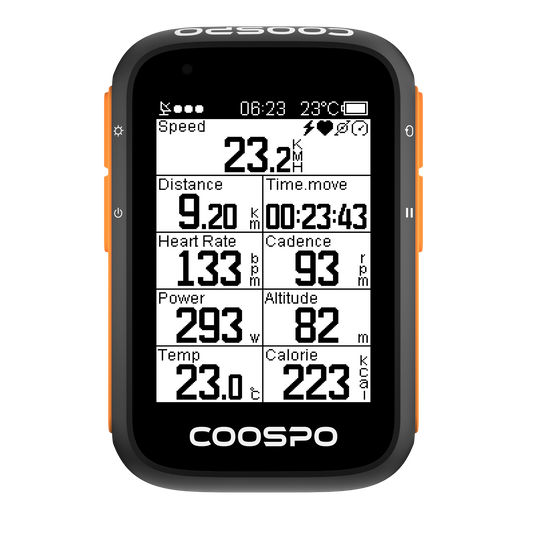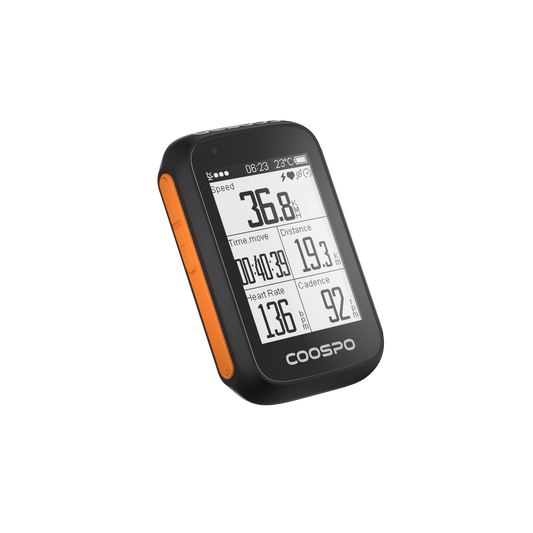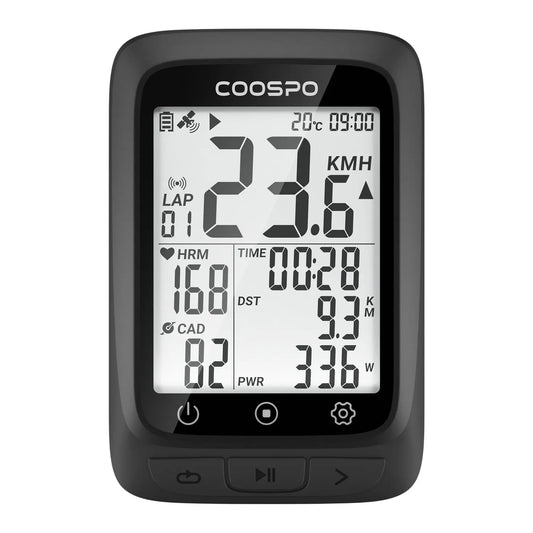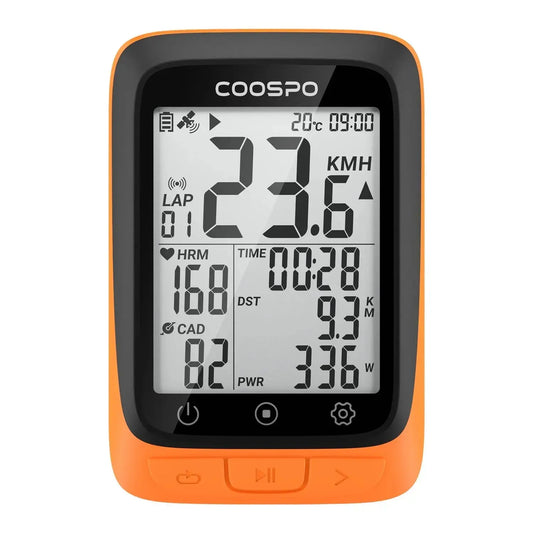Herzfrequenztraining für Läufer: Ein Performance -Leitfaden
Herzfrequenztraining für Läufer: Ein Leistungsleitfaden
Wenn Sie als Läufer noch nicht mit dem Herzfrequenztraining vertraut sind, sollten Sie sich damit vertraut machen. Die Idee ist ganz einfach: Ihr Herz kann wie jeder Muskel trainiert werden. Mit den richtigen Übungen können Sie seine Effizienz verbessern. Das heißt, es pumpt mit jedem Herzschlag mehr Blut und versorgt Ihre Beinmuskeln mit mehr Sauerstoff, sodass Sie länger laufen können. Es entfernt Abfallprodukte aus Ihren Muskeln effektiver, wenn diese hart arbeiten.
Wenn Sie dies verstehen und anpassen, können Sie Ihre Ausdauer und Ihre allgemeine Gesundheit verbessern.
Das Herzfrequenztraining hilft Läufern, ihre kardiovaskuläre Fitness zu überwachen und ihr Training entsprechend ihrem Fitnessniveau und ihren Zielen anzupassen. Es bietet eine objektivere Möglichkeit, Fortschritte zu verfolgen, als sich ausschließlich darauf zu verlassen, wie hart sie sich fühlen, zu trainieren.

Mit neuer tragbarer Technologie wie Herzfrequenzmesser oder Smartwatches ist es einfacher denn je, Ihre Herzfrequenz im Auge zu behalten. Diese Geräte verfolgen Ihre Herzfrequenz kontinuierlich, während Sie sie tragen, sodass Sie Ihre Ruheherzfrequenz schnell überprüfen können. Sie liefern Ihnen auch Statistiken über Ihre durchschnittliche und maximale Herzfrequenz während des Trainings.
Eine Einführung in das Herzfrequenztraining
Die Bewertung der Intensität oder Anstrengung auf einer Skala von 1 bis 10 kann schwierig sein. Sie ist subjektiv und kann sich von Person zu Person oder von Tag zu Tag ändern, je nachdem, wie müde Sie sind.
Obwohl jedes unserer Herzen einzigartig ist und sich in Größe und Rhythmus unterscheidet, sollte unser Herz im Idealfall als Reaktion auf die Intensität körperlicher Anstrengung regelmäßig und vorhersehbar schlagen.
Sie können Ihre maximale und durchschnittliche Herzfrequenz für eine bestimmte Übung ermitteln, um unterschiedliche Intensitätsstufen oder Trainingszonen zu bestimmen. Dies hilft Ihnen, mit verschiedenen Energiesystemen zu arbeiten.
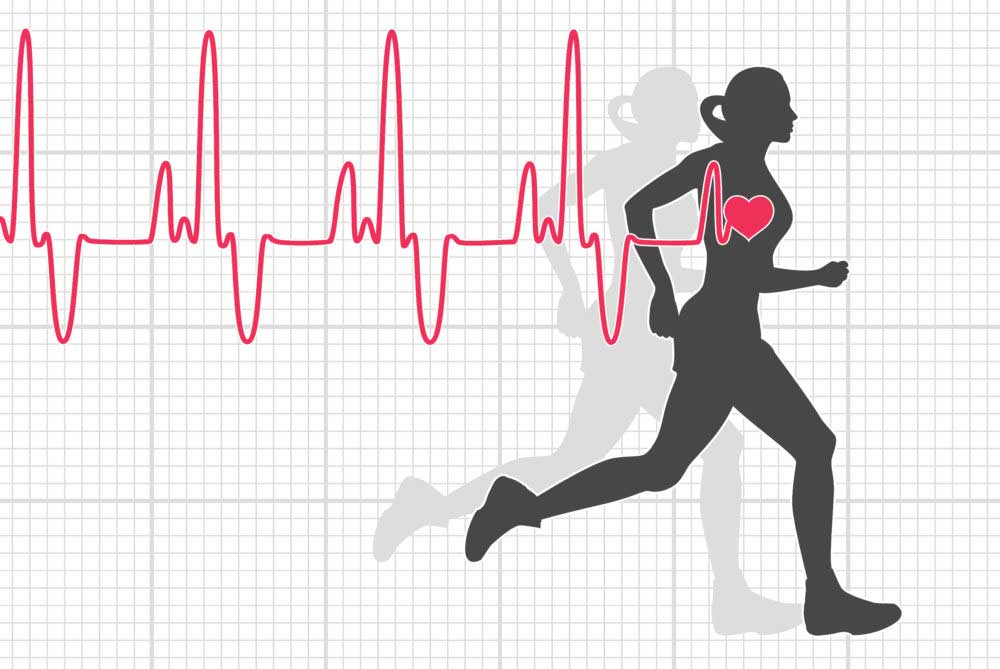
Einer der größten Vorteile des Herzfrequenztrainings ist seine Zuverlässigkeit im Vergleich zu den Unsicherheiten unseres Verstandes. Das Herz arbeitet im Gegensatz zum Verstand ohne Täuschung. Es erfüllt einfach seine Pflicht und unternimmt die nötige Anstrengung, um eine Aufgabe zu erfüllen. In einem gesunden Zustand veranlasst uns das Herz nicht, an unserer Fähigkeit, weiterzumachen, zu zweifeln. Es arbeitet im Rahmen seiner Kapazitäten und ermöglicht uns, entweder weiterzumachen oder unsere Grenzen zu erkennen und aufzuhören.
Dies führt zu vertrauenswürdigen, verlässlichen und stabilen Daten. Für diejenigen, die Trainingsdetails lieben, bietet es auch die nützlichsten Statistiken – solche, die Sie messen und zur Überwachung Ihres Fortschritts verwenden können.
Leistungsoptimierung durch maximale Herzfrequenz
Um Herzfrequenztraining effektiv nutzen zu können, ist es wichtig, Ihre maximale Herzfrequenz (MHR) zu ermitteln. Ihre MHR ist die höchste Anzahl von Schlägen pro Minute, die Ihr Herz bei intensivem Training erreichen kann. Es gibt verschiedene Methoden, um Ihre MHR zu schätzen.
- Die altersbasierte Formel: Die einfachste und am häufigsten verwendete Methode ist die altersbasierte Formel: MHR = 206,9 – (0,67 x Ihr Alter)
- Feldtest: Eine genauere Methode ist die Durchführung eines Feldtests. Wärmen Sie sich gründlich auf und laufen Sie dann mehrere Minuten lang mit hoher Intensität, idealerweise auf einer Strecke oder einem Hügel. Steigern Sie Ihre Anstrengung allmählich, bis Sie die maximale Anstrengung erreichen. Verwenden Sie einen Herzfrequenzmesser, um die höchste Schläge pro Minute aufzuzeichnen, die Sie erreichen. Diese Methode ist genauer, aber auch anspruchsvoller.
- Labortest: Um die genaueste Messung zu erhalten, sollten Sie sich einem Labortest unterziehen, der von einem Sportwissenschaftler oder Physiologen durchgeführt wird. Dabei handelt es sich um einen abgestuften Belastungstest, bei dem Ihre Herzfrequenz überwacht wird, während Sie auf einem Laufband laufen oder auf einem Heimtrainer Rad fahren. Der Labortest liefert die genaueste MHR, kann aber kostspielig und weniger zugänglich sein.
Erklärung der Herzfrequenz-Trainingszonen
Herzfrequenzzonen werden typischerweise in fünf Stufen eingeteilt, wobei jede einer zunehmenden Herzfrequenz und einer wahrgenommenen Anstrengung entspricht:
- Zone 1: 50 % Ihrer maximalen Herzfrequenz (MHR) – Sehr leichte Intensität
- Zone 2: 60 % Ihrer MHR – Lichtintensität
- Zone 3: 70 % Ihrer MHR – Mäßige Intensität
- Zone 4: 80 % Ihrer MHR – Hohe Intensität
- Zone 5: 90 % Ihrer MHR – Maximale Intensität

Indem Sie Ihre Trainingseinheiten in Zonen unterteilen, können Sie Ihre Herzfrequenzwerte auf Ihrem Coospo Herzfrequenzmesser Mit der LED-Beleuchtung während des Laufens können Sie sicherstellen, dass Sie während des gesamten Trainings ein konstantes Intensitätsniveau aufrechterhalten.
Dies zu erreichen erfordert jedoch Disziplin. Es kann Situationen geben, in denen Sie sich wohler fühlen, als Ihre Personalabteilung es Ihnen sagt. In solchen Fällen ist es wichtig, dem Drang zu widerstehen, über das empfohlene Tempo hinaus zu beschleunigen.
Beim HR-Training geht es eher um Intensität als um Geschwindigkeit. Wenn Sie fitter werden, werden Sie innerhalb Ihrer Herzfrequenzzonen natürlich schneller. Am ersten Trainingstag beispielsweise könnte ein 10-km-Lauf in Herzfrequenzzone 4 52 Minuten dauern. Aber nach acht Wochen könnte derselbe Lauf in derselben Zone nur noch 50 Minuten dauern. Es ist das gleiche Maß an Anstrengung und Intensität, aber Sie laufen schneller.
Lauftraining für verschiedene Herzfrequenzzonen
In einer typischen Trainingswoche empfiehlt es sich, Übungen für unterschiedliche Herzfrequenzzonen einzubauen.
Nehmen Sie sich beispielsweise vor, am Montag eine Stunde dem Training in Zone 2 zu widmen und sich darauf zu konzentrieren, ein gleichmäßiges Tempo beizubehalten, um die Beinbewegung aufrechtzuerhalten. Integrieren Sie im Laufe der Woche eine Trainingseinheit in der Wochenmitte, die das Renntempo simuliert. So können Sie besser einschätzen, welche Herzfrequenzzone der gewünschten Renntempozeit entspricht, die Sie anstreben.

Die Länge Ihres Laufs im Renntempo sollte Ihrer Zieldistanz entsprechen: etwa 30–50 Minuten für einen 10-km-Lauf, etwa eine Stunde für einen Halbmarathon und möglicherweise 70–80 Minuten im Marathontempo. So können Sie einschätzen, ob Ihr Herz die Anstrengung bewältigen kann, die erforderlich ist, um das Rennen mit Ihrer Zielgeschwindigkeit zu beenden.
Sie sollten auch einige intensive Anstrengungen einbauen. Versuchen Sie, eine Stunde Training wie folgt aufzuteilen: Wärmen Sie sich 10 Minuten lang in mäßigem Tempo auf (Zone 2), machen Sie dann vier 10-minütige Einheiten hochintensiven Trainings (Zone 4) mit jeweils 2 Minuten Pause zwischen den Einheiten. Beenden Sie das Training mit einer 10-minütigen Abkühlung in mäßigem Tempo (Zone 2).
Diese Art von Trainingseinheit stärkt Ihr Herz und Ihre Lunge, sodass Sie intensive Anstrengungen besser durchhalten und sich danach schneller erholen können.



